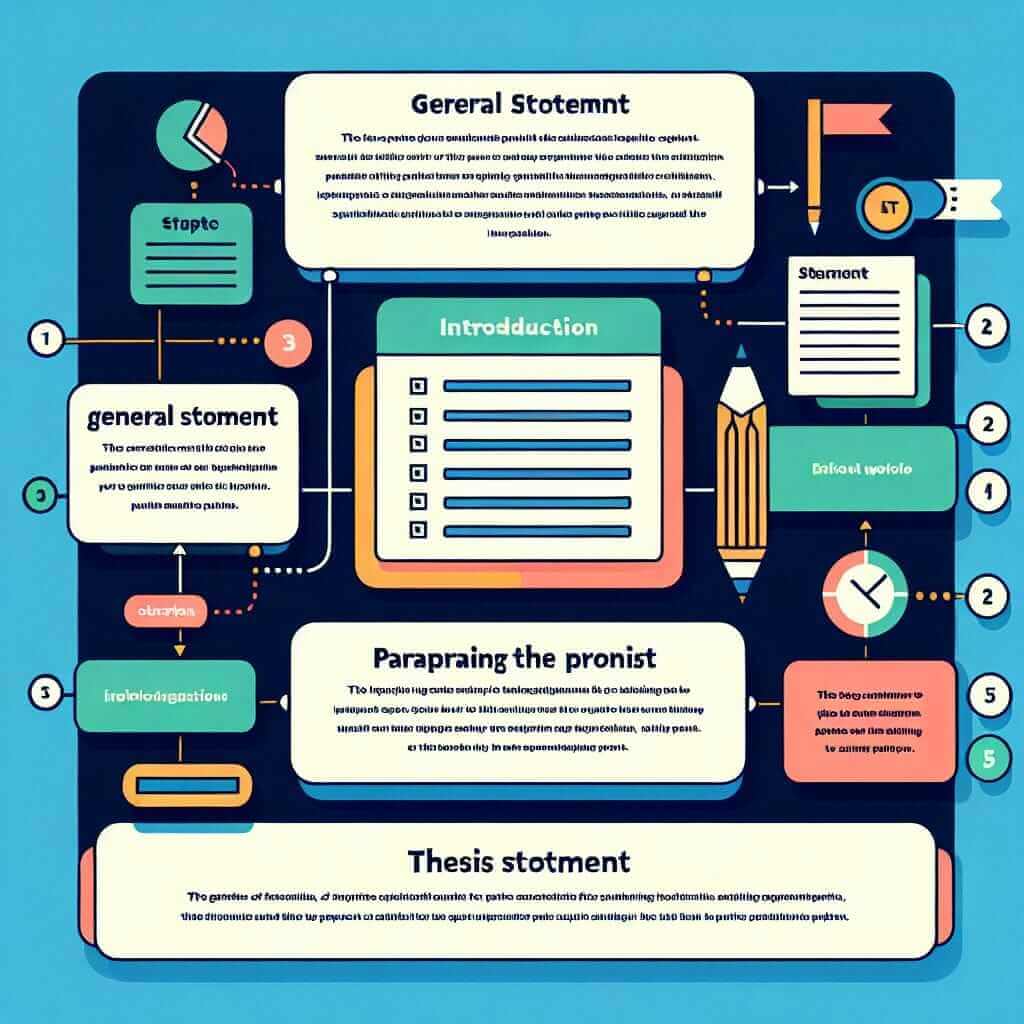The IELTS Writing Task 2, an academic essay, can feel like a daunting mountain to climb. One of the first hurdles test-takers face is crafting a strong introduction that paves the way for a well-structured and coherent essay. A well-written introduction not only sets the tone and scope of your essay but also demonstrates your ability to effectively address the prompt. This guide will delve into the importance of a good IELTS Task 2 introduction, provide a step-by-step approach to crafting one, and offer valuable tips from my 20+ years of experience teaching IELTS writing.
Why is a Strong Introduction Crucial?
Your introduction is the first impression you make on the examiner. It’s an opportunity to showcase your understanding of the prompt and your ability to write clearly and concisely. A weak introduction can negatively impact your overall score, while a strong one can set you on the path to success. A well-crafted introduction achieves the following:
- Engages the reader: It captures the examiner’s attention and makes them want to read further.
- Establishes your stance: It clearly presents your position or opinion on the topic.
- Outlines your essay: It provides a roadmap for the reader, outlining the key points you will discuss.
Crafting a Winning Introduction: A Step-by-Step Approach
While the structure may seem simple, writing an effective IELTS Task 2 introduction requires careful thought and planning. Here’s a breakdown to guide you:
1. General Statement: Setting the Context
Begin with a broad statement that introduces the topic of the essay. This statement should be general in nature and provide background information on the issue being discussed.
Example:
Prompt: In many countries, the amount of garbage being produced is increasing rapidly. What are the reasons for this increase, and what can be done to reduce the amount of garbage produced?
General Statement: The escalating volume of waste generated globally has emerged as a pressing environmental concern, demanding immediate attention and sustainable solutions.
2. Paraphrasing the Prompt: Demonstrating Understanding
After establishing the context, paraphrase the prompt in your own words. This step demonstrates to the examiner that you have understood the task and are capable of expressing it in different terms.
Example (continued): This essay will examine the factors contributing to the surge in waste production and explore potential measures to mitigate its environmental impact.
3. Thesis Statement: Presenting Your Argument
The thesis statement is the most crucial part of your introduction. It clearly and concisely states your main argument or the position you will be taking in your essay. Avoid simply stating your opinion; instead, provide a reasoned perspective that you will elaborate on in the body paragraphs.
Example (continued): While overconsumption and inadequate waste management systems play a significant role, promoting responsible consumption habits and implementing comprehensive recycling programs are essential steps toward addressing this challenge effectively.
Example Introduction: Putting it All Together
Here is a complete example of an introduction, incorporating all the elements discussed above:
Prompt: Some people believe that the best way to improve public health is by increasing the number of sports facilities. Others, however, believe that other measures are required. Discuss both views and give your own opinion.
Introduction: The pursuit of optimal public health has spurred ongoing debates regarding the most effective strategies for improvement. While the expansion of sports facilities is often cited as a key driver of physical well-being, others argue that a multifaceted approach encompassing various health determinants is essential. This essay will explore both perspectives, ultimately positing that while increased access to sports facilities can contribute positively, a comprehensive approach addressing socioeconomic factors and healthcare infrastructure is paramount.
Common Mistakes to Avoid:
- Being too general or vague: Avoid overly broad statements that lack focus or relevance to the prompt.
- Simply restating the prompt: Paraphrase the prompt instead of directly copying it.
- Introducing irrelevant information: Stay focused on the topic and avoid going off on tangents.
- Using informal language: Maintain a formal and academic tone throughout your essay.
Key Takeaways & Tips for Success:
- Practice makes perfect: Write multiple practice introductions using past IELTS essay prompts.
- Keep it concise: Aim for an introduction that is no more than 5-6 sentences long.
- Proofread carefully: Check for any grammatical errors or awkward phrasing.
By following these tips and strategies, you can master the art of crafting compelling IELTS Task 2 introductions, setting a solid foundation for high-scoring essays. Remember, a well-written introduction demonstrates your writing proficiency and understanding of the prompt, significantly contributing to a successful IELTS writing exam experience.
